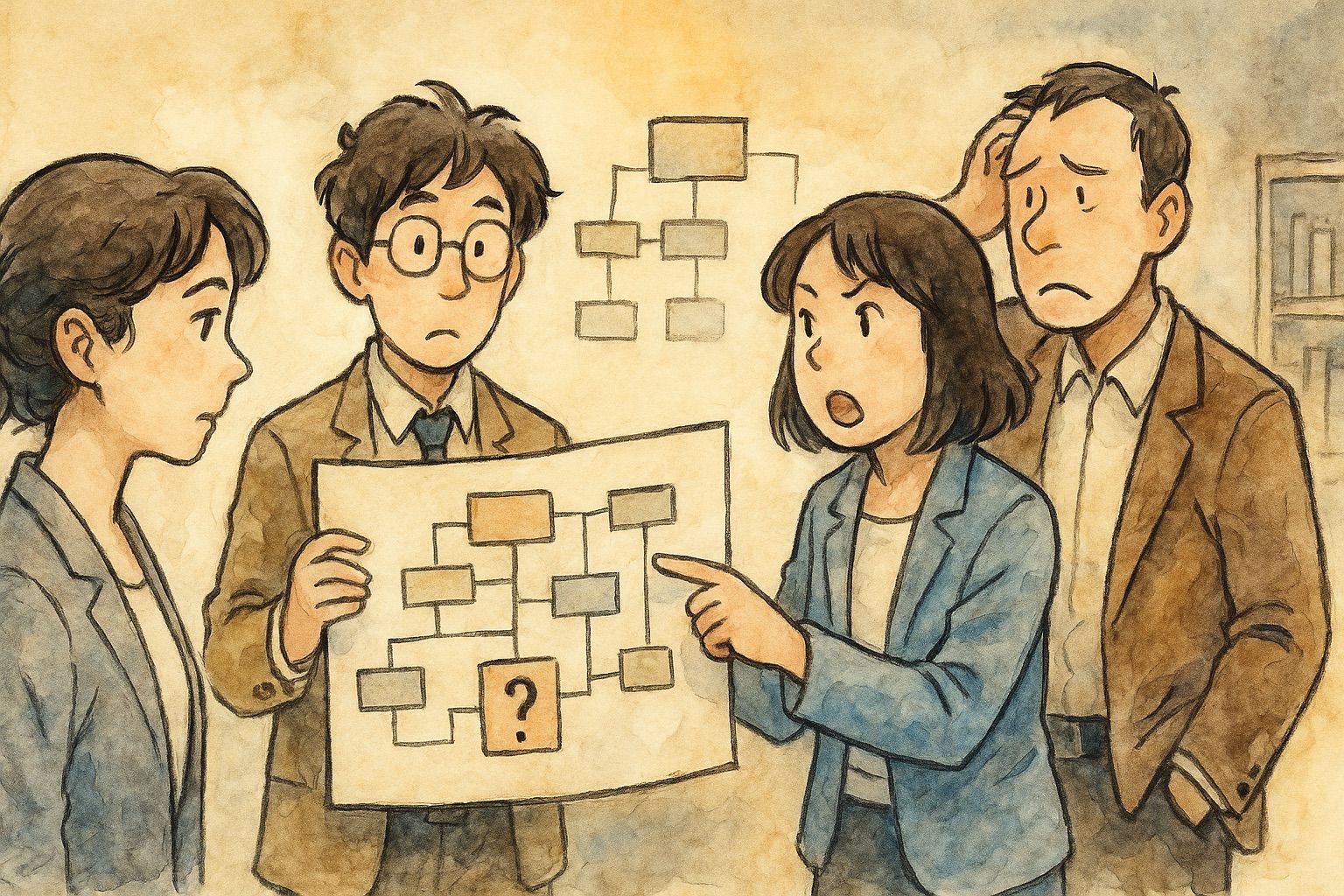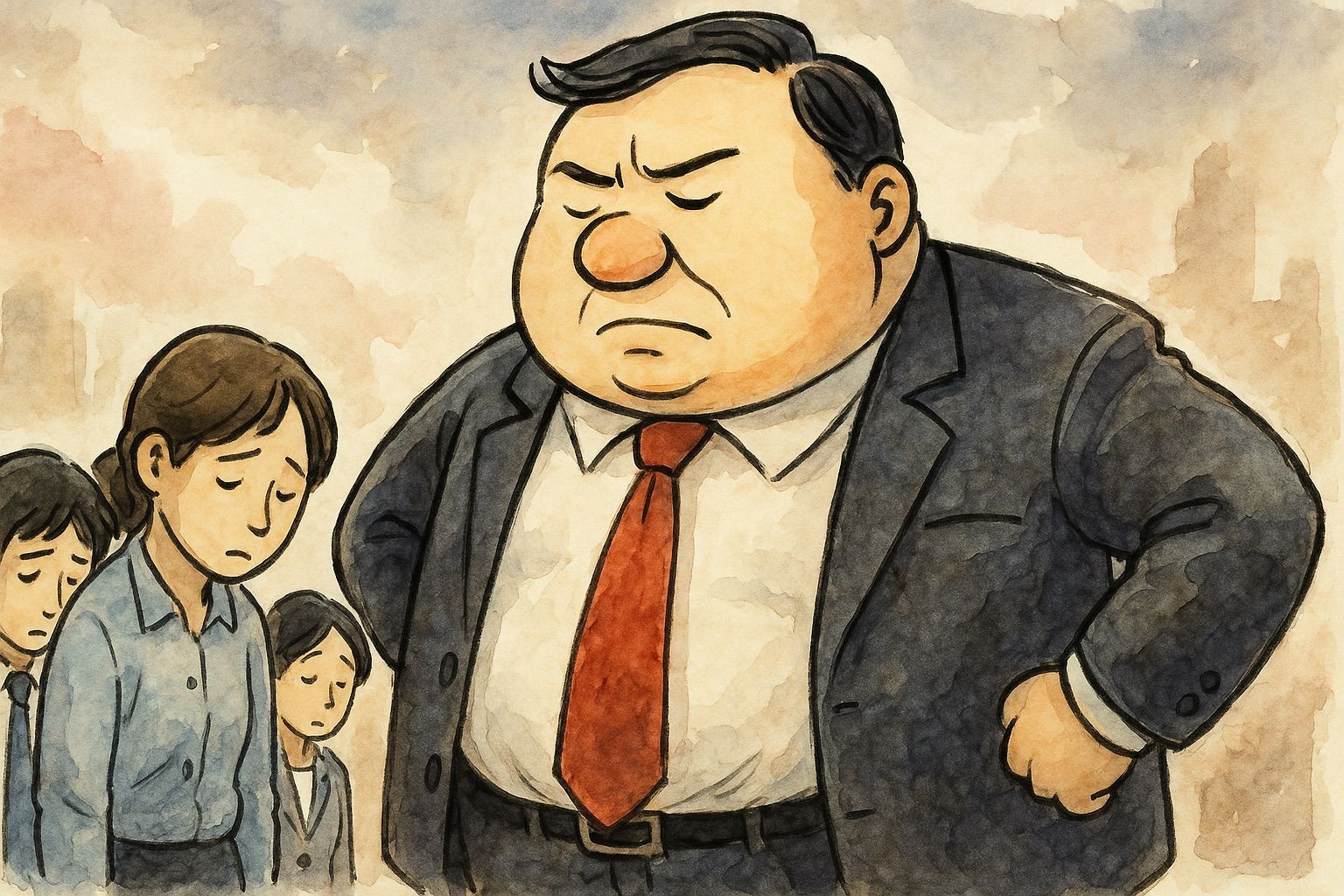You've hired brilliant minds, promoted your rising stars, and invested in the latest tools. But somehow… work still gets duplicated, decisions take forever, accountability feels like a ping pong game and everybody is dissatisfied because pay structure is not clear and feel underpaid or not paid in a fair way.
What is really going on?
Chances are that it is not that your people failure but the lack of organizational design. And if you're in HR, it's time to stop thinking of it as "just another HR thing." Instead, see it for what it is: a strategic business tool that can make or break performance.
Ok, then we must talk about Organization Design.
What is organizational design?
Organizational design is more than drawing boxes on PowerPoint. It's about structuring roles, teams, reporting lines, and decision-making in a way that supports the business strategy and makes workflow effectively.
What does it mean in practice?
- Defining clear job roles and levels with job grading
- Making sure that the right skills are in the right places
- Ensuring cross-team collaboration doesn't rely on magic or memory
Done well, org design aligns structure with strategy. Done poorly… well, we have all probably seen the symptoms: delays, duplicated work, hidden silos, burnout.
HR's role in organizational design
Although expectations are sometimes (or often) different, HR should lead but not do this alone. HR should ensure that others have tools to do this right and make it work.
As the function that sees across the entire organization, HR should guide leaders through design conversations:
- "Does this structure support your goals?"
- "Who owns which decisions?"
- "Is this role designed for growth or chaos?"
- "Where are the bottlenecks or overlaps?"
It is important to explain principles like span of control, job leveling, career paths, and titling.
Good for reading - McKinsey's "Organizing for the Future" outlines how agile, dynamic structures outperform static, hierarchical ones.
Examples of good and poor practice
✅ Good examples
In practice, good examples set the companies with clear organization structures per team, consistent but still agile grading and titling principles leading to clear levels, job families and career paths. This brings clarity in onboarding and everyday jobs and increases employee motivation.
❌ Poor examples
There are numbers of consequences of poor Organization design process or lack of it. It is not rare cases that roles overlap, titling is confusing, employees are given same job positions with different scopes and unclear pay bands. There we cannot avoid having confused and disengaged employees.
What should we pay attention to ensure to be on the best possible track?
When assessing or redesigning your organization, look at:
{% table %}
- Do people understand roles in organization, especially their own ones?
- Are job titles and levels standardized?
- Can the structure adapt as strategy shifts?
- Is it clear who gets to decide what?
- Will it work along with strategy development?
- Does it support collaboration, innovation and accountability? {% /table %}
And for the end – organizational design is living process
What we should not forget is that organizational design as a living process, not a one-off project. As companies evolve, so should structure. It should be reviewed regularly following major company lifecycle events.
Structure might not be glamorous but when it works, everything else works better. Even the best people can't succeed in a structure that sets them up to fail.
And how it affects other HR areas, let's talk in next blog.


